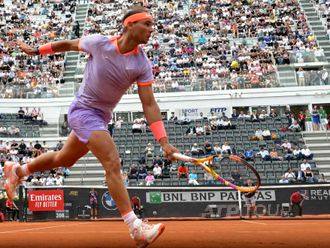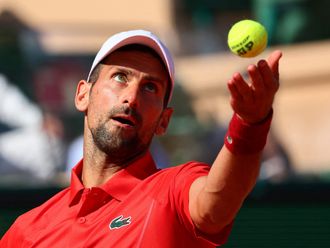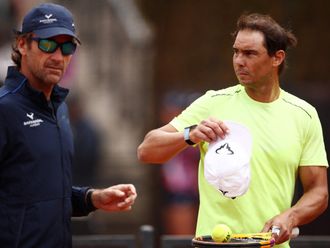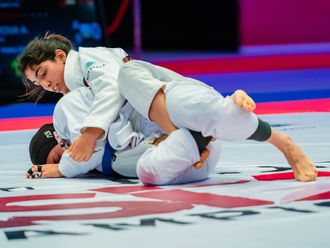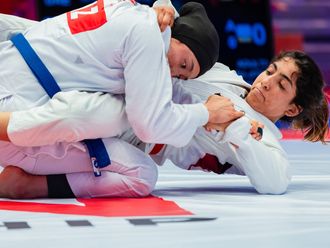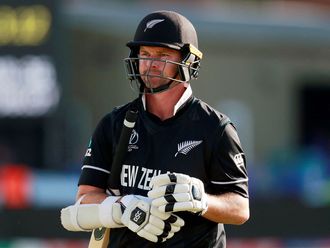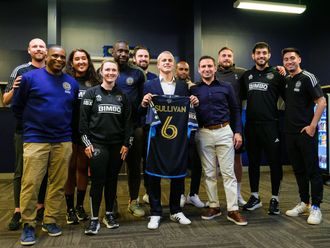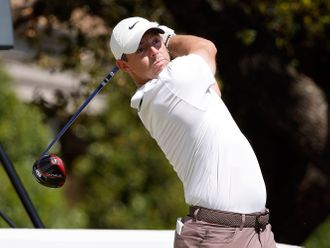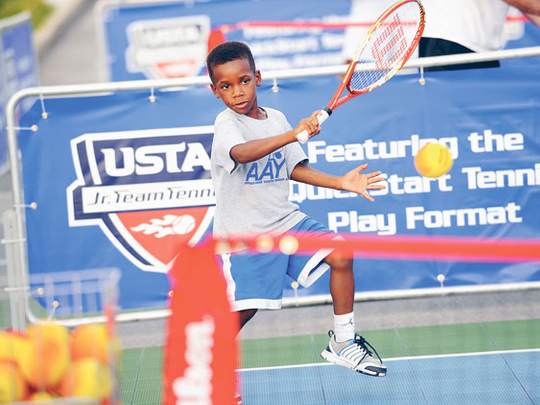
Los Angeles: Tennis has moved out of the country club and turned into one of the fastest-growing sports in the United States as Americans looking for a cheap pastime in a bad economy have hit the courts.
On the professional circuit, the US Open starts next week but, if recent viewership trends are any indication, not as many Americans will tune in as did in years past.
These days, they are more likely to grab a racket than a remote control. The number of Americans playing tennis increased 43 per cent to 18.5 million from 2000 to 2009, according to the Sporting Goods Manufacturers Association (SGMA).
That is the steepest growth for any traditional sport, leaving aside games such as lacrosse and table tennis.
Golf, which has always been closely associated with tennis because of its country-club roots, has seen some decline.
The SGMA said golf dropped 5 per cent last year to 27.1 million players, even before the Tiger Woods scandal.
Emulation
Experts say this latest tennis craze is less of a celebrity-driven phenomenon than the last US tennis boom in the 1970s, when American professionals such as Jimmy Connors, Billie Jean King and Arthur Ashe dominated the game and drew amateurs to the courts in emulation of their idols.
"This current boom that's happened in tennis has been orchestrated, we've been working on it a long time," said Kurt Kamperman, chief executive of community tennis at the United States Tennis Association (USTA).
Tennis insiders point to a 1994 cover story in Sports Illustrated magazine with the headline "Is Tennis Dead?", written at a time when participation was at a low point, as the catalyst for industry leaders' decision to try to draw in new players.
In 1998, the USTA, the organiser of the US Open, made a $36-million (Dh132 million), multi-year commitment to boost tennis at local level. That has increased, with the USTA saying it now spends more than $40 million a year on such initiatives.
Tennis manufacturers such as Wilson, Head and Prince also poured in millions of dollars, as instructors offered free lessons and public parks were turned into "welcome centres" to introduce new players to the game. More recently, the Tennis Industry Association has showcased "cardio tennis" as a new fitness activity.
At the same time, US tennis viewership has fallen as European players such as Spaniard Rafael Nadal, who won the French Open and Wimbledon this year, have dominated. Last year, 2.6 million Americans tuned into the US Open, compared to 5.5 million in 1991, said the Nielsen Co.
Experts say the economy has also helped to popularise tennis as a participation sport.
Rick Horrow, visiting expert on sports at the Harvard Law School and author of Beyond the Box Score, said along with soccer, which is seeing new interest in the US since the World Cup, tennis is the "next rising thing".
"Golf is a fairly expensive sport to take up and a somewhat exclusive sport to join," Horrow said. "In many ways, tennis is one of the sports that can be relatively easy to play, especially given this economy."
Entry-level rackets sell for as low as $15. For $200, a novice can buy the same state-of-the-art racket that former world number one Roger Federer of Switzerland wields.
Wholesale trade in rackets, balls, accessories and equipment totalled $242 million in the US last year, said the SGMA.
Matt Powell, analyst with Sports One Source, said the Amer Sports-owned Wilson brand led with 38 per cent of the tennis hardgoods market, followed by Head NV with 20 per cent and Prince Sports Inc with 19 per cent.
While low prices have helped to popularise the sport again, they have also been a challenge for the industry.


